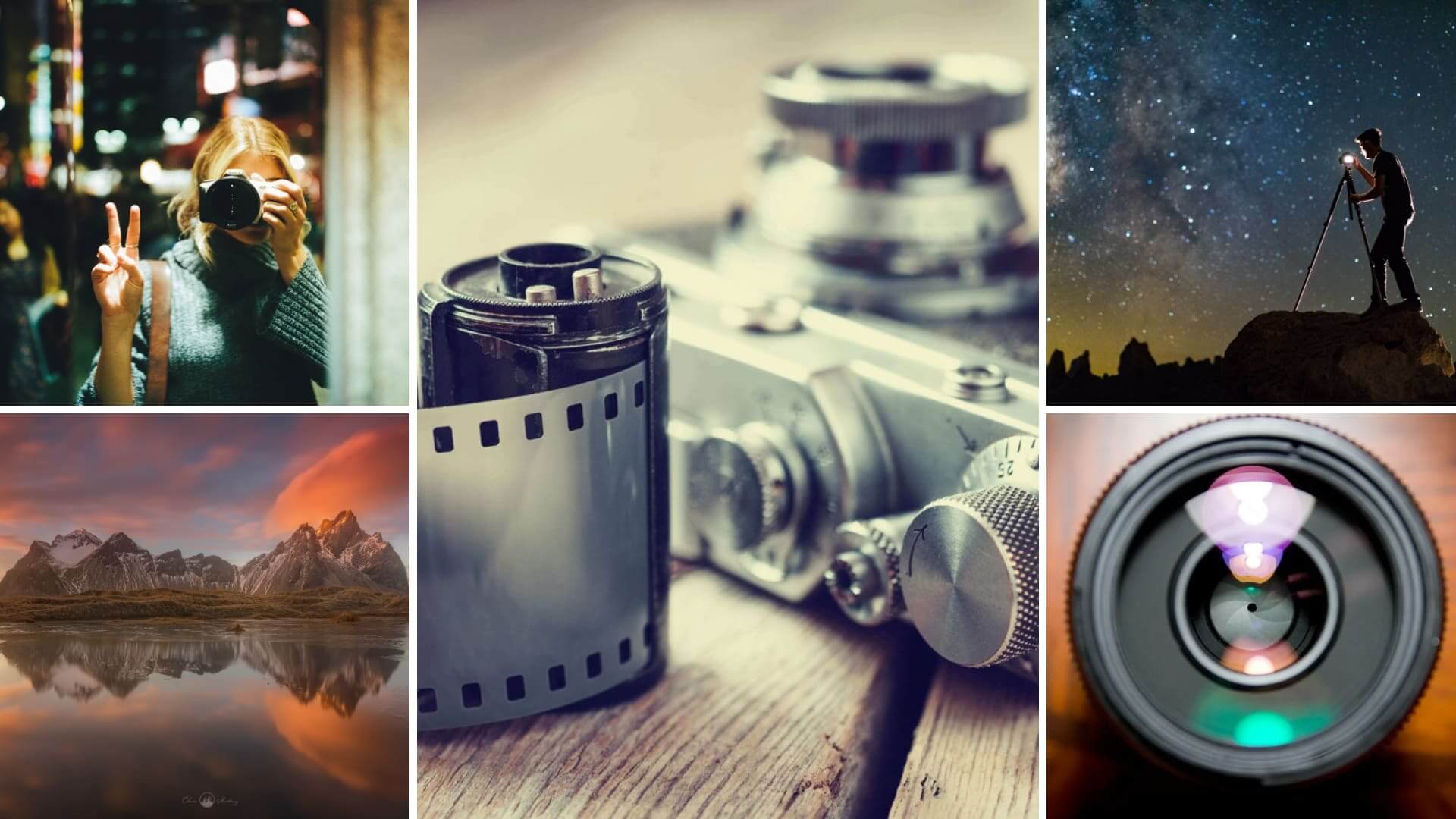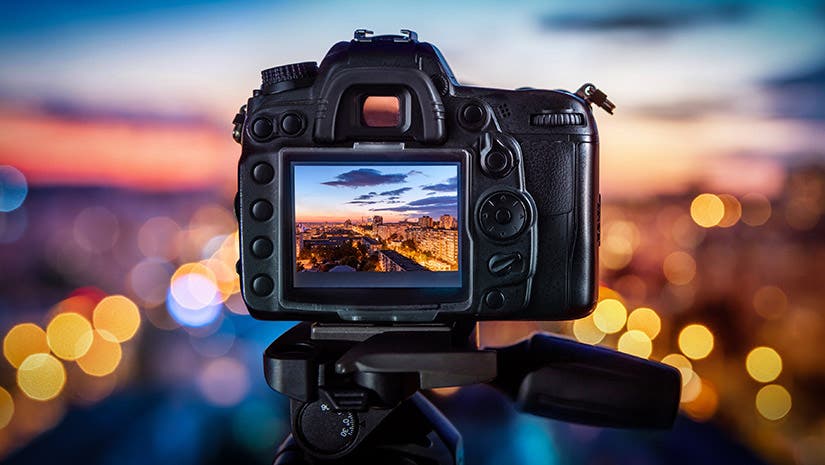Digital Photography Workshop: Unlocking Your Imaginative Vision
Welcome to the Photography Workshop: Unlocking Your Creative Vision. This immersive workshop is designed to help you use your artistic potential and boost your photography skills to new heights. With a collection of hands-on exercises and professional support, you will certainly find out just how to harness the power of viewpoint, master light and shadow, explore innovative structure methods, release your imagination with post-processing, and capture emotion and storytelling in your photos. Led by experienced specialists in the field, this workshop will provide you with invaluable insights and useful knowledge to unlock your creative vision and develop captivating visual stories. Whether you are a newbie or an experienced professional photographer, this workshop is made to expand your perspectives and press the limits of your imagination. Obtain all set to start a transformative journey into the globe of photography.
Recognizing the Power of Point Of View
Recognizing the power of point of view in digital photography includes picking the optimum angle and perspective to effectively share the desired message or stimulate certain emotions in the customer. As a digital photographer, one should acknowledge that the means a subject is recorded can significantly impact the general analysis of a photo. By strategically selecting the point of view, photographers can control the visitor's perception, leading them to concentrate on specific elements or feel a specific means.
Viewpoint refers to the position where a photo is taken. It determines the relationship between the subject and its surroundings, influencing the aesthetic characteristics and deepness in a picture. For example, shooting from a reduced angle can make a subject show up even more enforcing or leading, while firing from a high angle can create a sense of vulnerability or insignificance. The choice of perspective can also establish whether a subject shows up friendly or remote, intimate or separated.

Learning Light and Darkness
To effectively capture the significance of a topic in digital photography, photographers should grasp the interplay of light and darkness. Light and darkness have the power to change a regular scene into a fascinating and remarkable photo. Understanding how to regulate and adjust light and shadow allows photographers to create depth, texture, and mood in their pictures.
One key aspect of grasping light and darkness is recognizing just how to identify and make use of various types of illumination. Natural light, as an example, can vary depending upon the time of day, climate condition, and place. Digital photographers must find out to adjust to these variations and maximize the readily available light to boost their topics.
In enhancement to all-natural light, digital photographers can also try out man-made lights resources to produce special impacts. Studio lights, off-camera flash, and light modifiers such as reflectors and diffusers can all be used to form and manage the light in a scene.
Understanding the connection between light and darkness is crucial in producing visually striking make-ups. By purposefully placing the subject in relation to the light, digital photographers can produce interesting patterns, shapes, and contrasts. The interplay of light and shadow can add deepness, dimension, and aesthetic interest to a photo.
Discovering Innovative Composition Strategies
Continuously sharpening their skills in light and shadow manipulation, digital photographers dig into the world of checking out creative make-up techniques to additionally enhance their photographic vision. Composition is a vital element in digital photography that involves setting up the various components within the framework to develop an impactful and aesthetically appealing photo. By understanding and using imaginative composition methods, digital photographers can raise their job from normal to remarkable.
Among one of the most fundamental techniques is the rule of thirds. This method includes splitting the structure right into nine equal parts utilizing two straight and 2 vertical lines. Placing points of passion along these lines or at their intersections aids to create a balanced and visually pleasing composition.
An additional strategy is leading lines, where lines within the structure are made use of to lead the audience's eyes in the direction of the primary topic. These lines can be naturally occurring, such as rivers or roads, or synthetically produced, like fences or barriers.

In addition, professional photographers can experiment with different point of views, such as high angles or reduced angles, to develop distinct and compelling make-ups. They can likewise discover making use of negative space, symmetry, patterns, and structures to include visual impact to their pictures.
Unleashing Your Creative Imagination With Post-Processing
Post-processing deals professional photographers the opportunity to release their creative imagination and raise their pictures to new degrees of creativity and visual impact. This stage of the photographic process includes boosting and adjusting photos making use of software devices such as Adobe Photoshop or Lightroom. With post-processing, digital photographers can correct exposure, adjust shade equilibrium, eliminate disturbances, and apply creative effects to their photos.
Among the vital advantages of post-processing is the ability to bring out the full possibility of a photo. It permits digital photographers to develop a particular mood or atmosphere by readjusting the tones, comparison, and saturation - photography workshops. Additionally, post-processing allows the artist to experiment with various innovative styles, such as including a vintage look, using a remarkable black and white conversion, and even creating unique effects
Furthermore, post-processing can help photographers get over specific limitations of their tools. It allows for the merging of several exposures to create magnificent high dynamic check my reference array (HDR) pictures or the removal of unwanted things or people from a scene.
Nonetheless, it is essential to note that post-processing should not be made use of as a crutch to deal with inadequately composed or exposed images. It is best made use of as a tool to improve and amplify the photographer's imaginative vision.
Catching Feeling and Storytelling in Your Pictures
By recording emotion and narration in your images, you can evoke powerful narratives and develop a much deeper link with your audience. Photography is an art type that exceeds capturing a moment click for more in time; it has the capacity to convey emotion, tell stories, and transfer the customer into a different world. When you can properly capture emotion in your pictures, you can produce images that resonate with your audience on a profound level.

One way to capture feeling in your photos is to concentrate on the subject's face expressions and body language. photography workshops. These aesthetic hints can connect a vast array of feelings, from delight and excitement to despair and contemplation. By paying interest to these information, you can capture the essence of a minute and evoke a psychological response from your customers
The composition, illumination, and subject issue all contribute to the narrative of the photo. By very carefully selecting these components, you can create a story that engages your audience and sparks their creativity.
Recording emotion and storytelling in your pictures requires technique and a keen eye for detail. It has to do with locating the appropriate minute, the right angle, and the ideal structure to communicate your designated message. By understanding these techniques, you can create pictures that not only record the attention of your target market yet additionally leave a long-term perception.
Conclusion
Finally, the digital photography workshop gave valuable understandings into unlocking one's creative vision. By recognizing the power of point of view, understanding light and shadow, discovering imaginative make-up strategies, and letting loose creative imagination with post-processing, individuals were outfitted with the devices their website to record feeling and narration in their images. This workshop has definitely improved their digital photography skills and allowed them to reveal their imaginative vision through aesthetic narration.
To effectively record the significance of a subject in digital photography, digital photographers must master the interaction of light and shadow. Recognizing how to regulate and adjust light and shadow allows digital photographers to create depth, texture, and state of mind in their photos.
By tactically putting the topic in relationship to the light source, professional photographers can create interesting patterns, shapes, and contrasts.Constantly developing their abilities in light and darkness adjustment, digital photographers delve right into the world of exploring imaginative composition methods to further improve their photo vision. It permits professional photographers to produce a particular mood or atmosphere by changing the tones, contrast, and saturation.